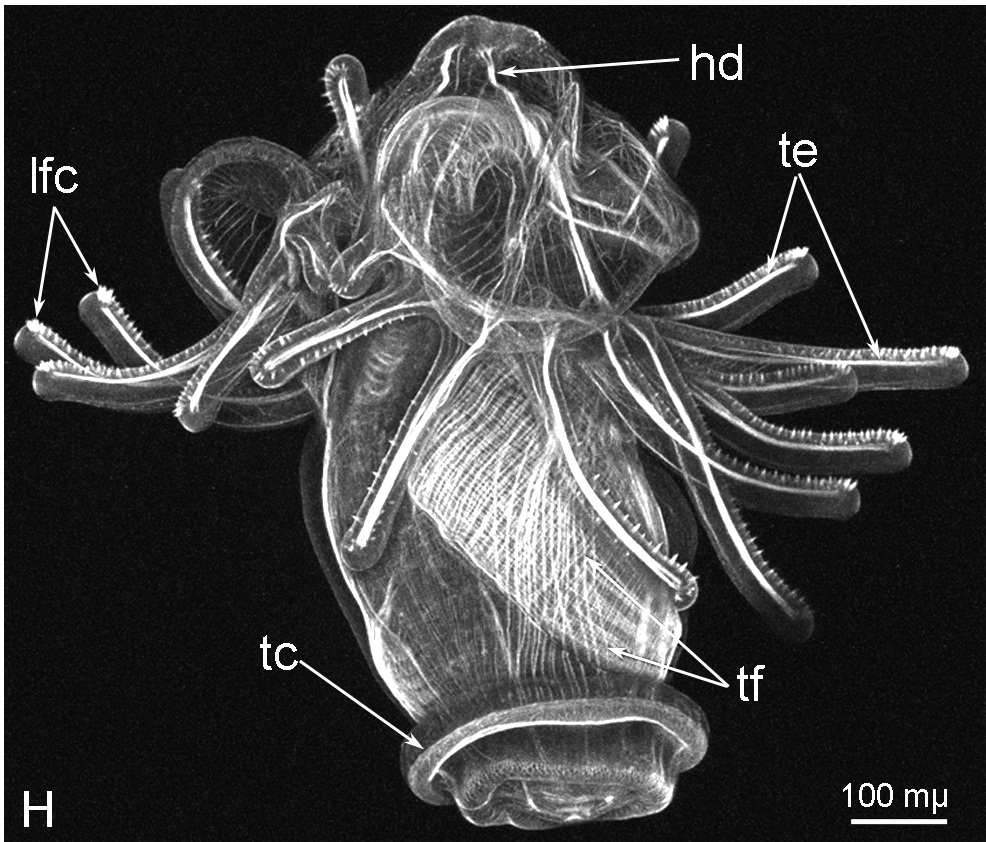A grand plan for understanding life on Earth • (re)moving the mark of modification • Never say nematode again • Profiling the immune responses of deer mice • Looking forward, looking back • Heavy metal affects brain function • Lending a helping ligand

Biodiversity: a grand plan for understanding life on Earth
Understanding what drives the huge diversity of life on earth is perhaps the grand challenge of ecological research. Alex Hardisty and Dave Roberts bring us a little closer to realising this dream by outlining a grand vision for the future of biodiversity research that puts technological innovation and data sharing at its heart, following a huge community consultation effort with the Biodiversity Informatics Community. Our blog explains how your smartphone might just save the natural world.
Biotechnology: (re)moving the mark of modification
Selectable marker genes are used to identify successful transfection of cells with genetic material, such as herbicide resistance in genetically modified plants. However, removing this material in plants destined for the foodchain can be problematic. Yuan-Yeu Yau and C Neal Stewart review existing strategies to remove these genes from transgenic plants, and explore emerging technologies for increased precision genome modification.
Plant Biology: never say nematode again
Soybeans are a crop of huge economic importance, but which also come under attack by a number of species of parasitic nematode worms. To help combat this pest, researchers have deployed the help of genes from a different plant species that usually confers resistance to bacteria. They found that expression of the Arabidopsis PAD4 gene in soybeans roots confers resistance to two different genera of nematodes, identifying a potential future strategy for combating these pests.
Immunology: profiling the immune responses of deer mice
Deer mice (Peromyscus maniculatus) are susceptible to Andes virus (ANDV) which causes the majority of hantavirus cardiopulmonary syndrome cases in South America, but the mice clear the infection by 56 days post infection without signs of disease. In an article published this month in BMC Immunology, Tony Schountz and colleagues developed a rapid method for designing real-time PCR arrays that can be used to study the host immune response to viral infections. They concluded that lymph node T cells from deer mice infected with ANDV express mostly genes of the Th2 phenotype but fewer genes of Th1 and Treg phenotypes.
Image of the month:
 Overview of the musculature of an advanced Phoronopsis harmeri larva. From “Development, organization, and remodeling of phoronid muscles from embryo to metamorphosis (Lophotrochozoa: Phoronida)“. Elena N Temereva and Eugeni B Tsitrin, BMC Developmental Biology 2013, 13:14
Overview of the musculature of an advanced Phoronopsis harmeri larva. From “Development, organization, and remodeling of phoronid muscles from embryo to metamorphosis (Lophotrochozoa: Phoronida)“. Elena N Temereva and Eugeni B Tsitrin, BMC Developmental Biology 2013, 13:14
Ophthalmology: looking forward, looking back
In the 18th Century, inflammatory eye disease was treated with a mixture of mercury oxide and hog’s lard, in a preparation known as ‘Golden Eye Ointment’. This, amongst other things, are reviewed by Alastair Denniston and Andrew Dick as they take a look back at past remedies, current treatments what the future might hold for the field of inflammatory eye disease research – particularly in the light of current progress in pathogenesis, disease classification, methodology and collaborative trial design.
Toxicology: heavy metal affects brain function
Astrocytes are the most abundant cells in the human brain, and are key regulators in brain function. The failure of astrocytes to support essential neuronal metabolic requirements plays a fundamental role in the pathogenesis of brain injury and the ensuing neuronal death. In a review published in BMC Pharmacology and Toxicology this month, Marta Sidoryk-Wegrzynowicz and Michael Aschner discuss recent advances in support of the important roles for astrocytes in normal as well as neuropathological conditions, primarily those caused by exposure to heavy metals like Manganese.
Structural Biology: lending a helping ligand
Predicting the function of a protein from its sequence is challenging, particularly when sequences fall into the “twilight zone” of low sequence identity. A new systematic approach for functional inference that groups protein structures based upon the type and conformation of the molecule –or ligand—they bind to reveals some unexpected findings and extends the existing structural classification of proteins that bind to the methyl group donor molecule S-adenosyl-L-13 methionine (SAM)
![]() Follow @BMC_series
Follow @BMC_series
![]() Watch our YouTube channel
Watch our YouTube channel
![]() Browse our list of journals
Browse our list of journals
![]() Subscribe to updates from the blog
Subscribe to updates from the blog
Comments